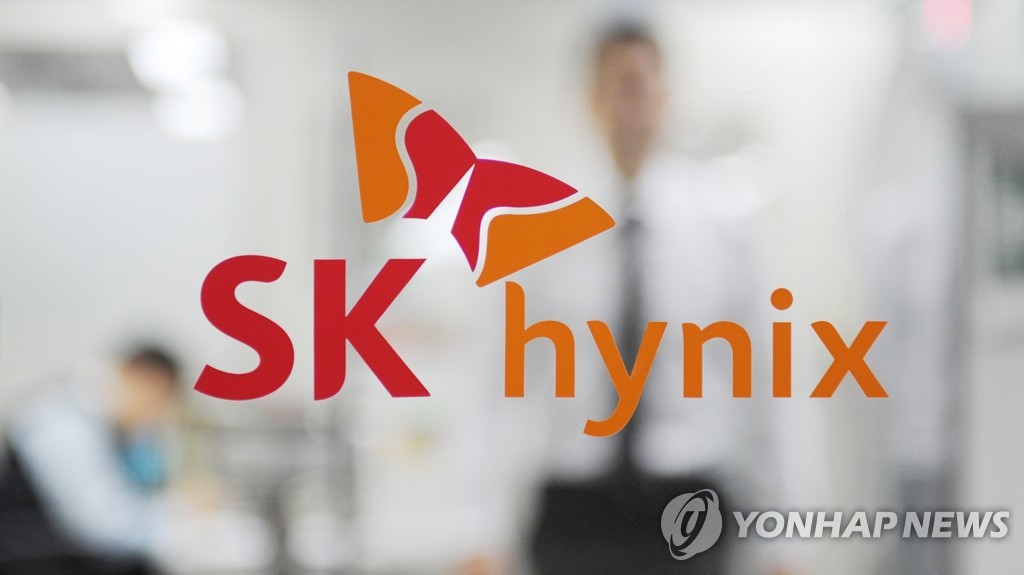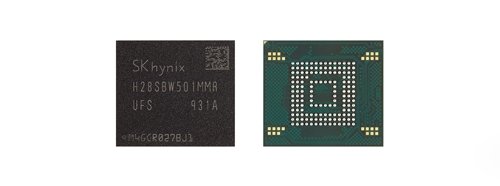- California Assembly OKs highest minimum wage in nation
- S. Korea unveils first graphic cigarette warnings
- US joins with South Korea, Japan in bid to deter North Korea
- LPGA golfer Chun In-gee finally back in action
- S. Korea won’t be top seed in final World Cup qualification round
- US men’s soccer misses 2nd straight Olympics
- US back on track in qualifying with 4-0 win over Guatemala
- High-intensity workout injuries spawn cottage industry
- CDC expands range of Zika mosquitoes into parts of Northeast
- Who knew? ‘The Walking Dead’ is helping families connect
SK hynix to buy Intel’s NAND memory chip unit for US$9 bln
SK hynix Inc., South Korea’s No. 2 chipmaker, said Tuesday that it will buy the NAND business of U.S. semiconductor giant Intel Corp. in a deal worth 10.3 trillion won (US$9 billion) to help the company vault to become the world’s second-largest NAND flash chipmaker.
SK hynix said it will acquire all of Intel’s NAND flash business, except its Optane memory unit. The deal includes Intel’s solid state drive (SSD) business and its factory in Dalian, China.
SK hynix said it will pay Intel 8 trillion won by 2021 to first acquire its Chinese production facility and SSD unit.
It will pay the remaining 2.3 trillion won by March 2025 to acquire Intel’s remaining assets, including intellectual property related to the manufacture and design of NAND flash wafers and research and development workforce.
“I am pleased to see SK hynix and Intel’s NAND division, which have led the NAND flash technology innovation, work to build the new future together,” said Lee Seok-hee, chief executive officer of SK hynix.
“By taking each other’s strengths and technologies, SK hynix will proactively respond to various needs from customers and optimize our business structure, expanding our innovative portfolio in the NAND flash market segment, which will be comparable with what we achieved in DRAM.”


This undated photo shows the corporate logo of South Korean chipmaker SK hynix Inc. (Yonhap)
The deal, if completed, will be the largest acquisition deal by a South Korean company, far higher than Samsung Electronics Co.’s deal in 2016 to buy Harman International Industries Inc. for $8 billion.
The deal will make SK hynix the world’s second-largest NAND flash chip producer.
According to market researcher TrendForce, SK hynix was the world’s fourth-largest NAND flash maker with an 11.7 percent revenue share in the second quarter of the year, while Intel was ranked sixth with an 11.5 percent revenue share.
South Korea’s Samsung led the market with a 31.4 percent share, followed by Japan’s Kioxia Corp. with 17.2 percent.
SK hynix said the deal will boost its competitiveness in SSD solutions, help the company to beef up its high-value product portfolio and improve balance in its memory business earnings.
Most of SK hynix’s revenue currently comes from the DRAM business, where SK hynix ranks as the world’s second-largest supplier.
In the second quarter, the company logged sales of 8.6 trillion won and operating profit of 1.9 trillion won.
Its NAND flash business accounted for 24 percent of the company’s sales in the second quarter, with SSD sales making up nearly half of its NAND flash revenue.
Intel’s NAND business accounted for roughly $2.8 billion of revenue of its Non-volatile Memory Solutions Group (NSG) for the first six months of the year.
SK hynix has been trying to reinforce its technological prowess in the NAND flash sector.
Last year, the company started to mass-produce the industry’s first 128-layer 1 Terabit triple-level cell (TLC) 4D NAND flash. It is currently developing the next-generation 176-layer 4D NAND flash.
SK hynix
and Intel have been closely working together for advanced chip development. The two sides recently collaborated on the Double Data Rate 5 (DDR5) DRAM spec development.
Meanwhile, Intel, best known for its central processing units for personal computers, said it will use proceeds to beef up its “long-term growth priorities,” such as artificial intelligence and 5G networking.
“For Intel, this transaction will allow us to further prioritize our investments in differentiated technology where we can play a bigger role in the success of our customers and deliver attractive returns to our stockholders,” Intel CEO Bob Swan said.
Shares in SK hynix dropped 1.73 percent to close at 85,200 won on the Seoul bourse, underperforming the broader KOSPI’s 0.5 percent advance.












